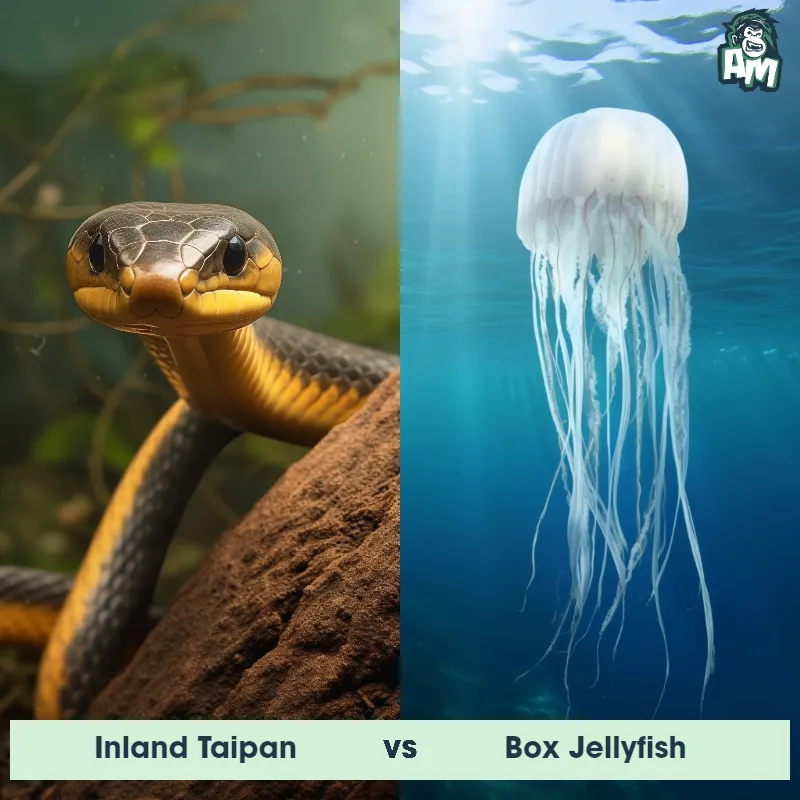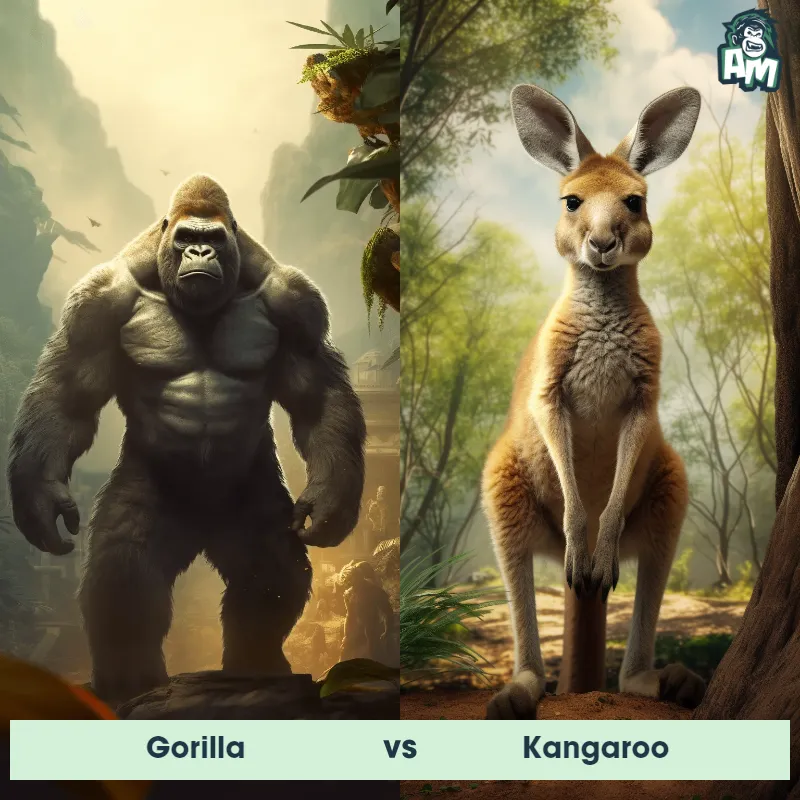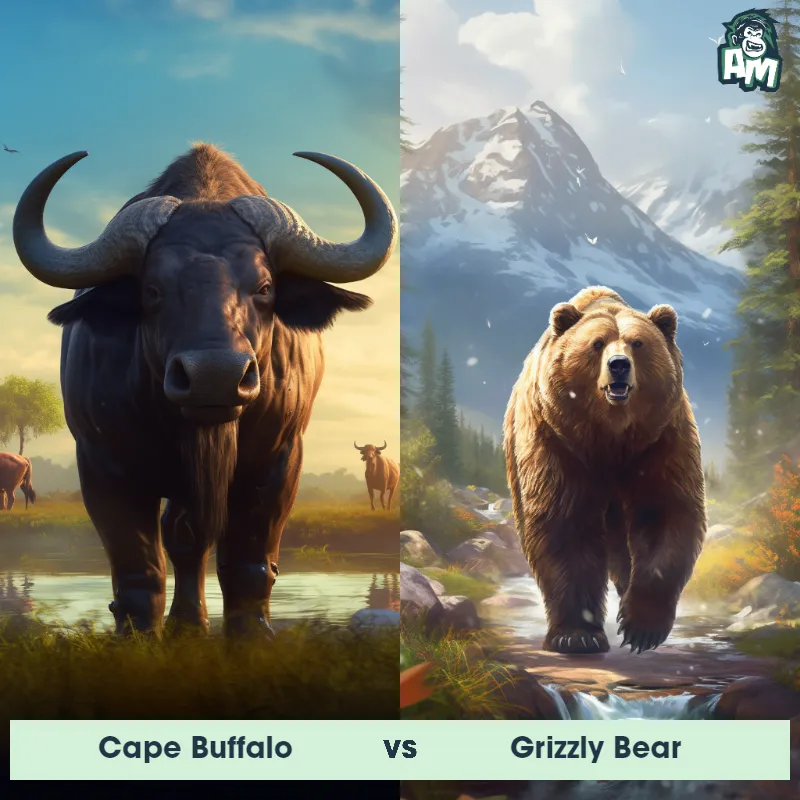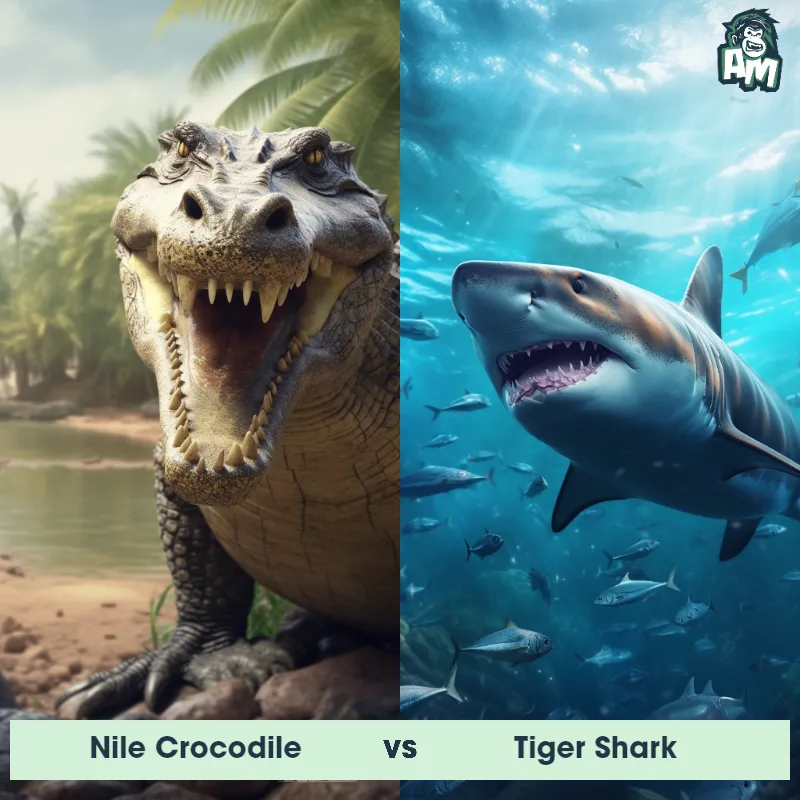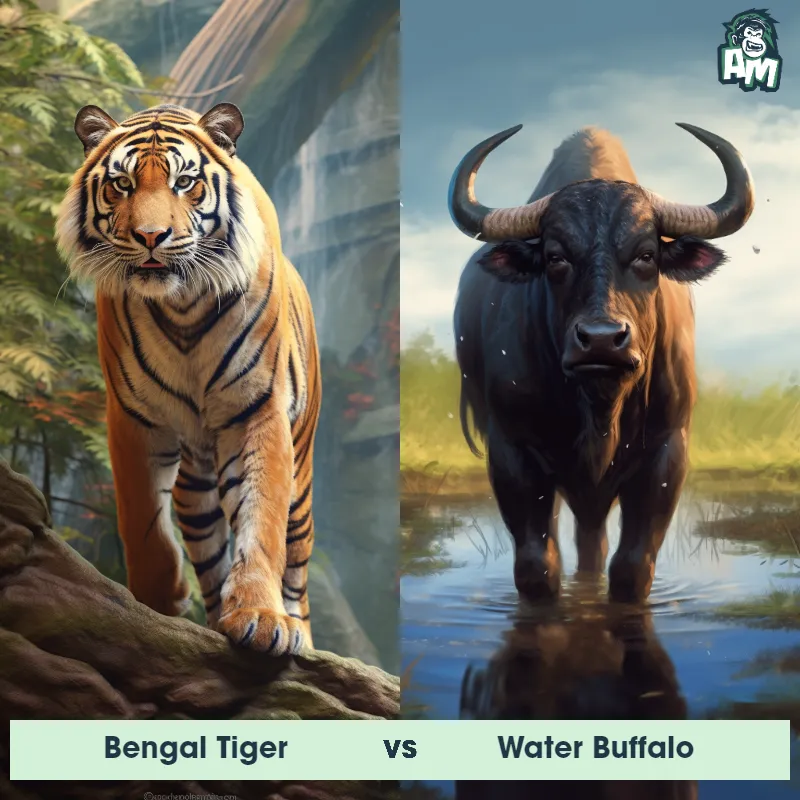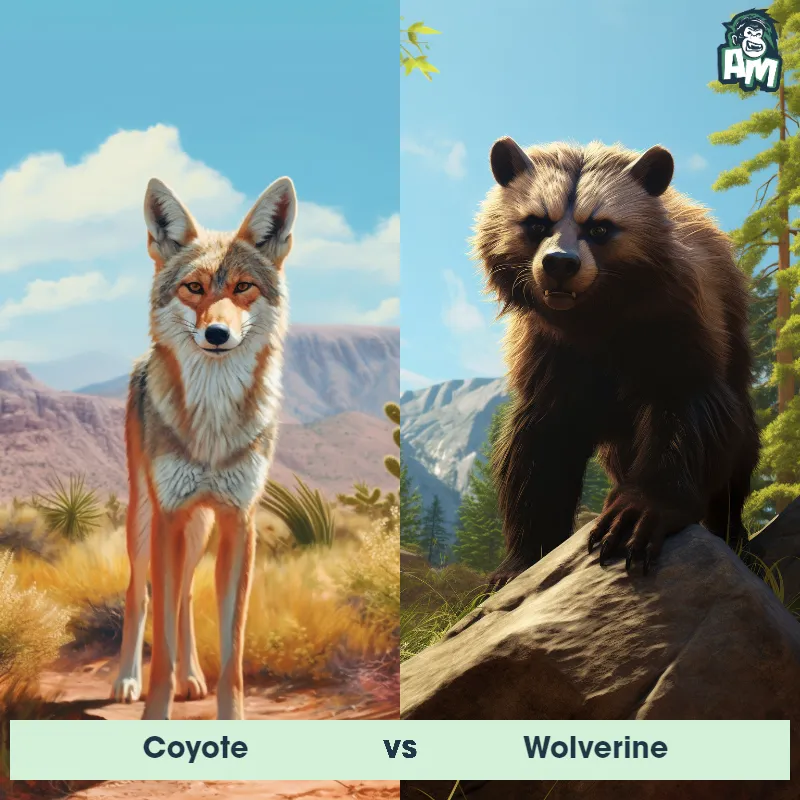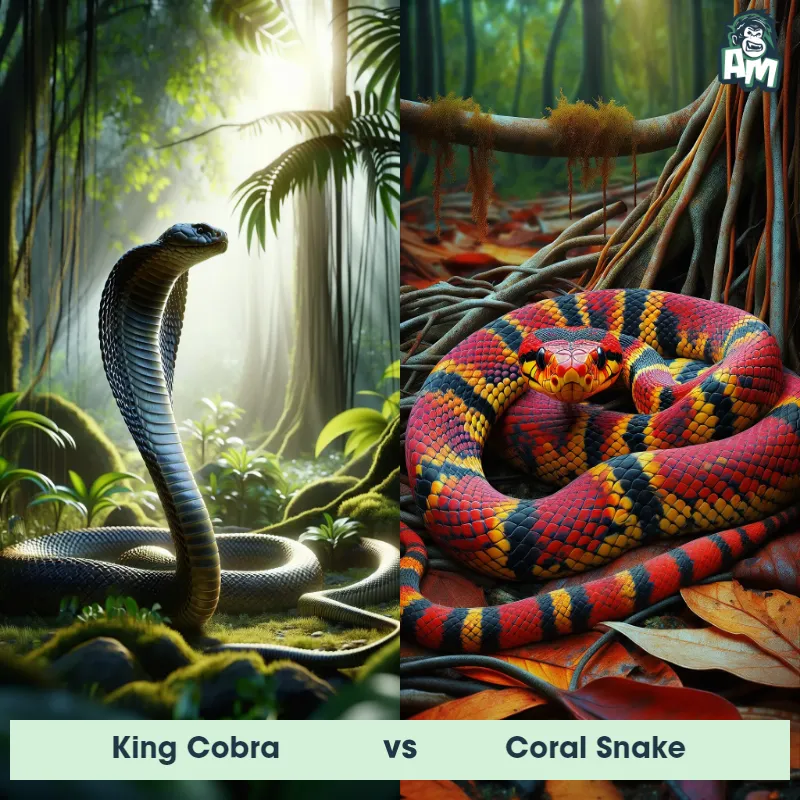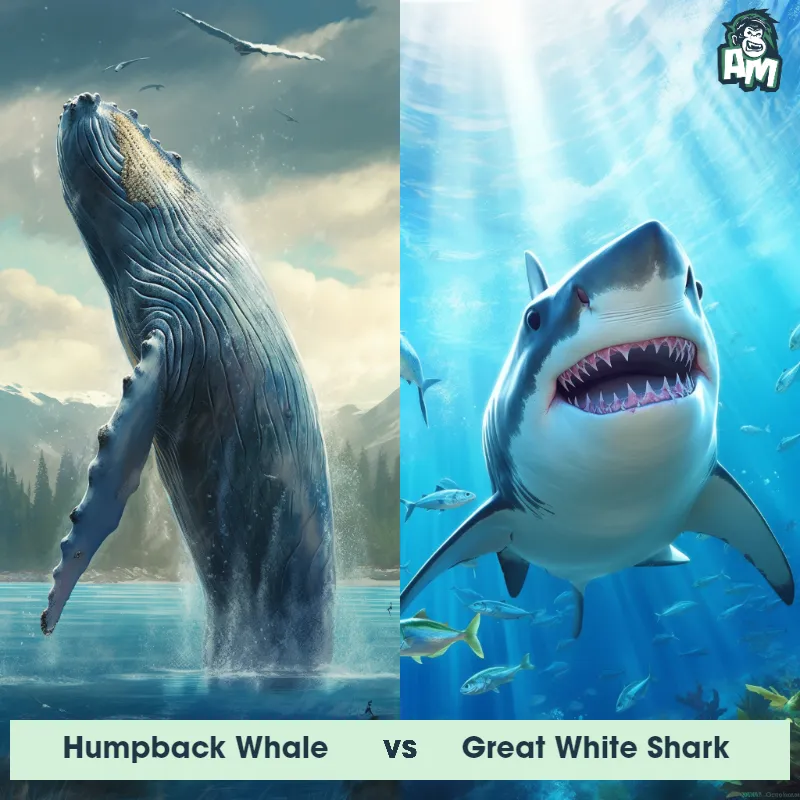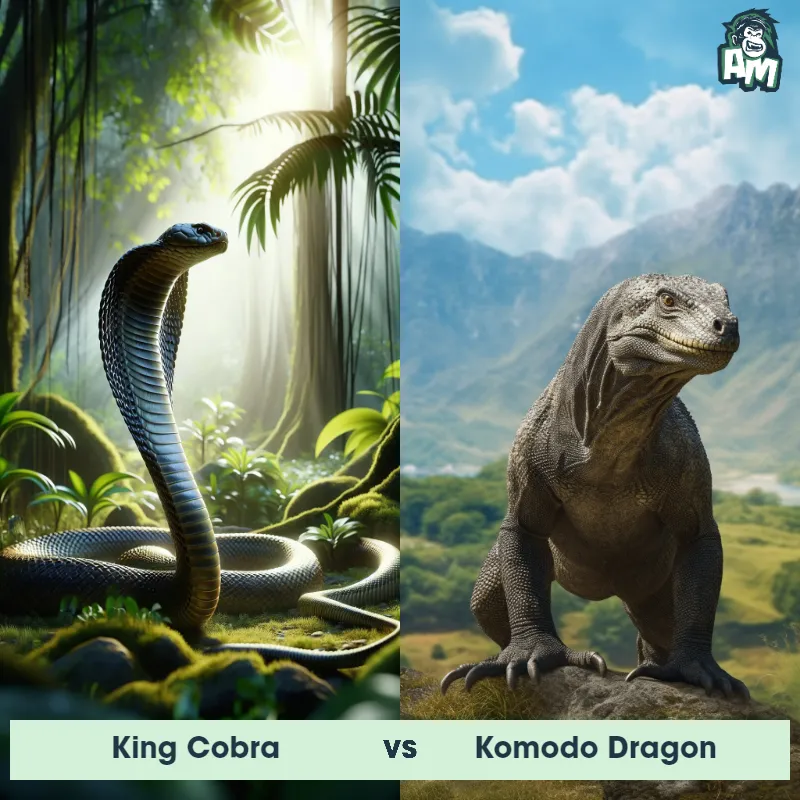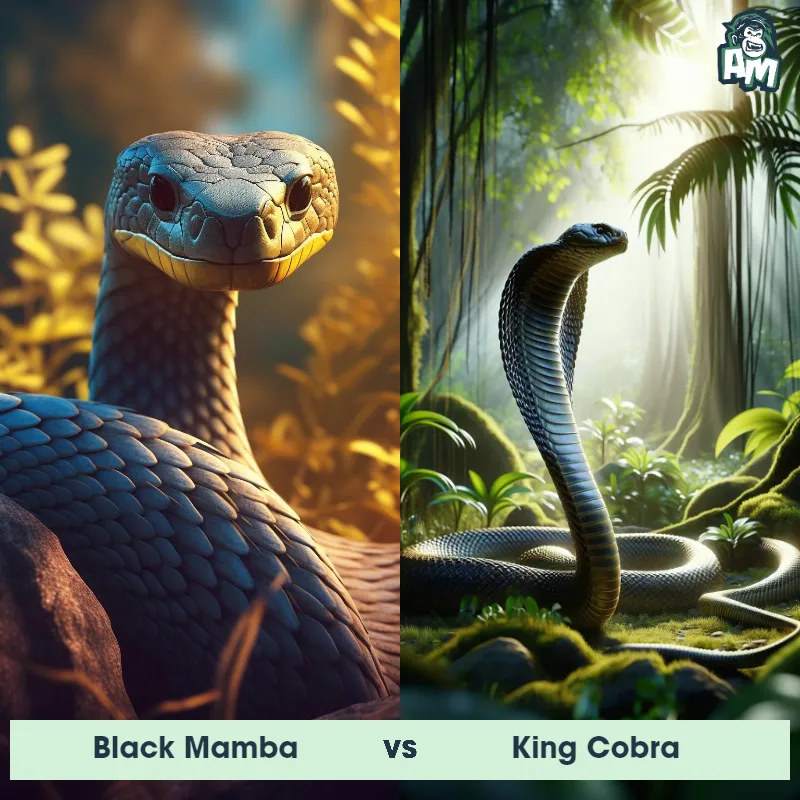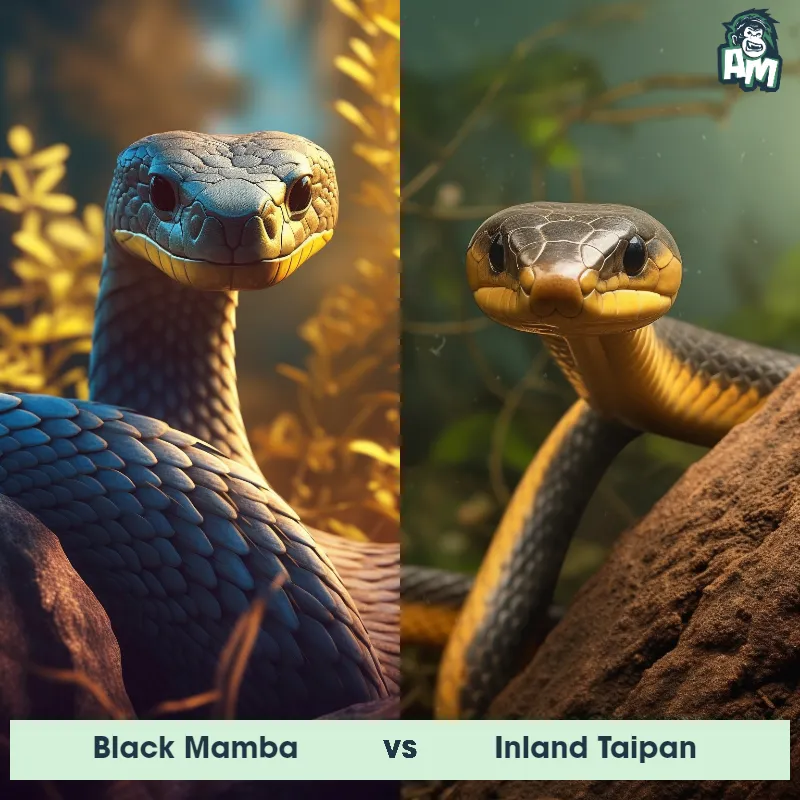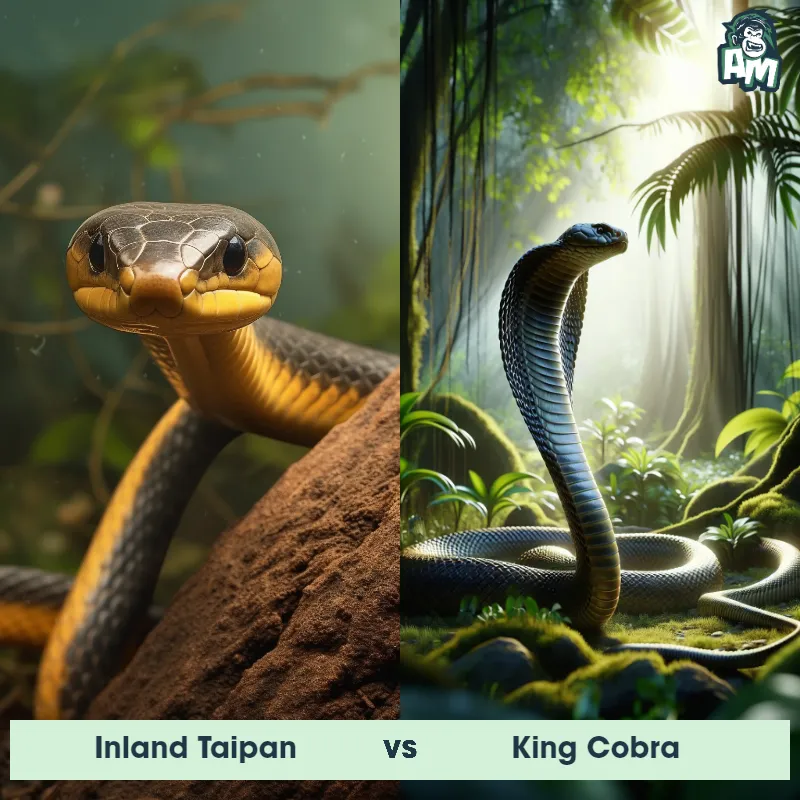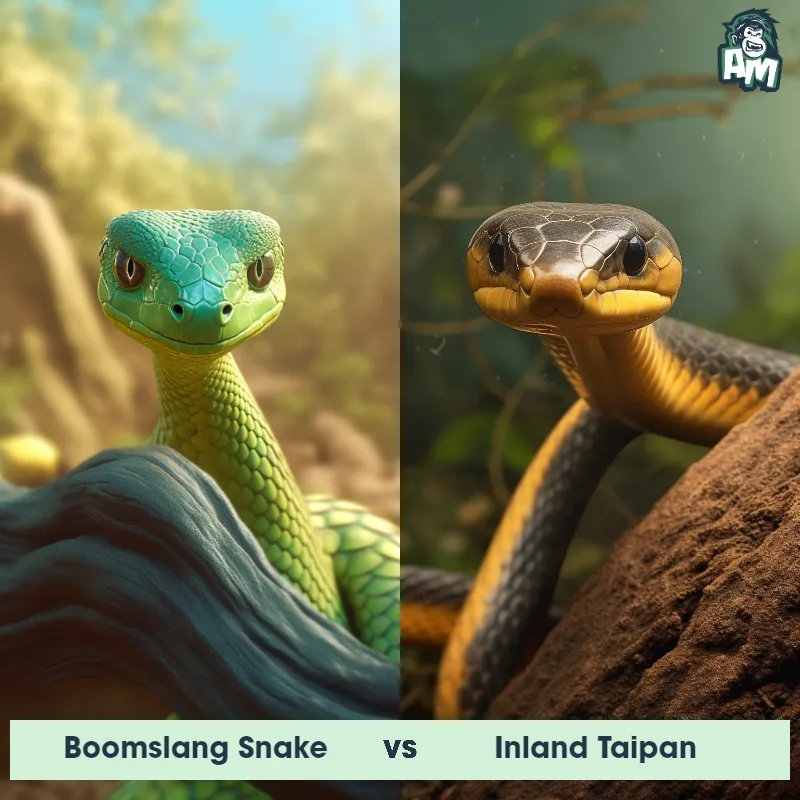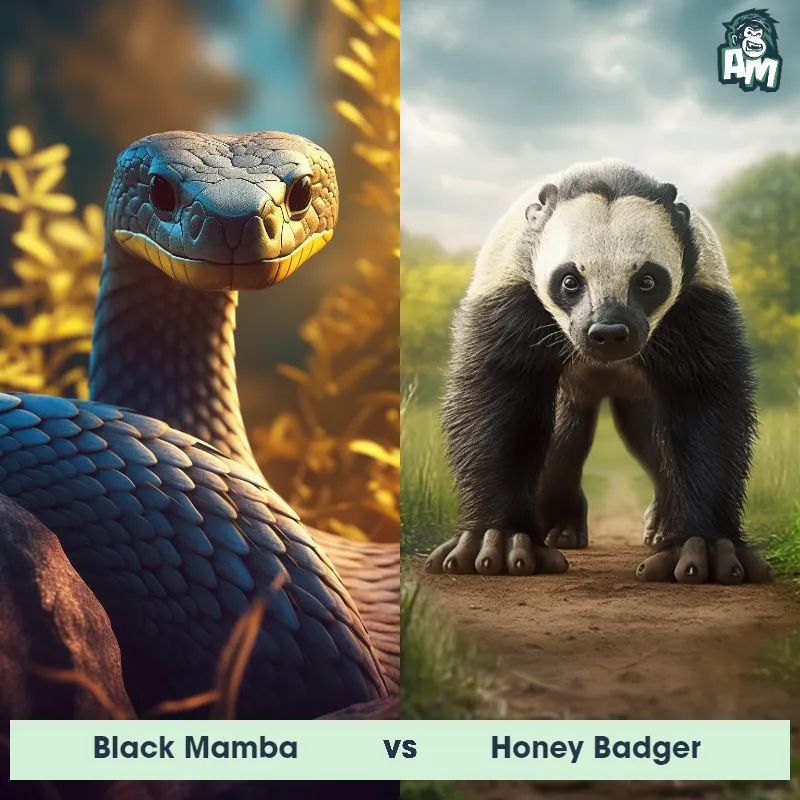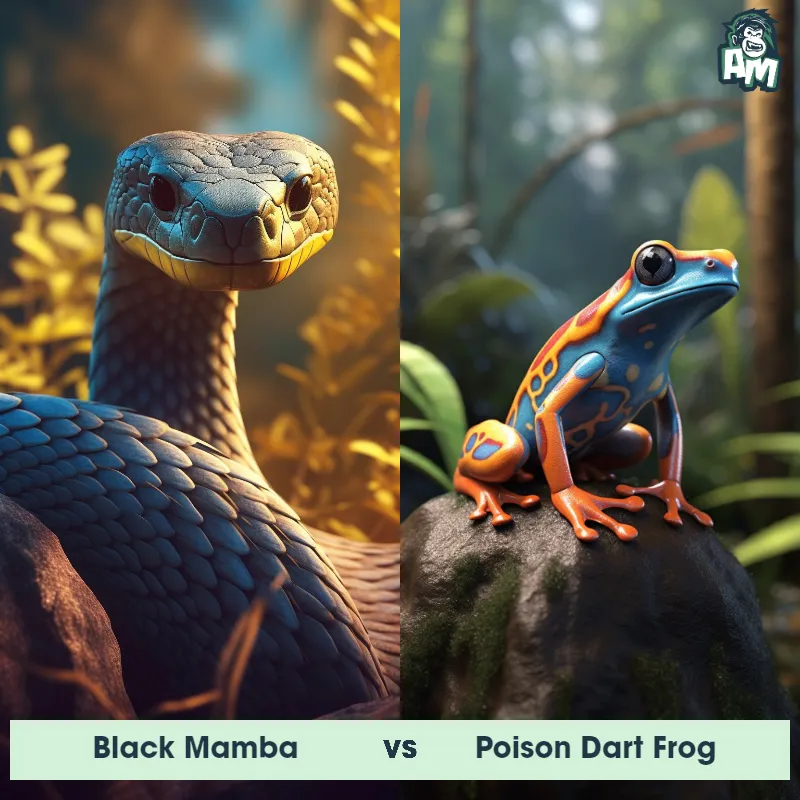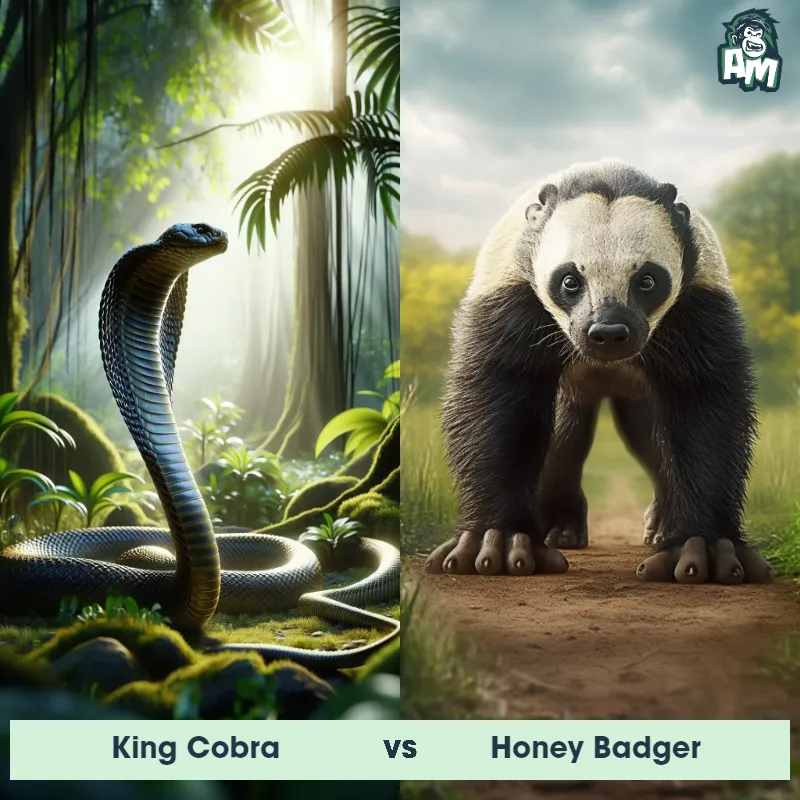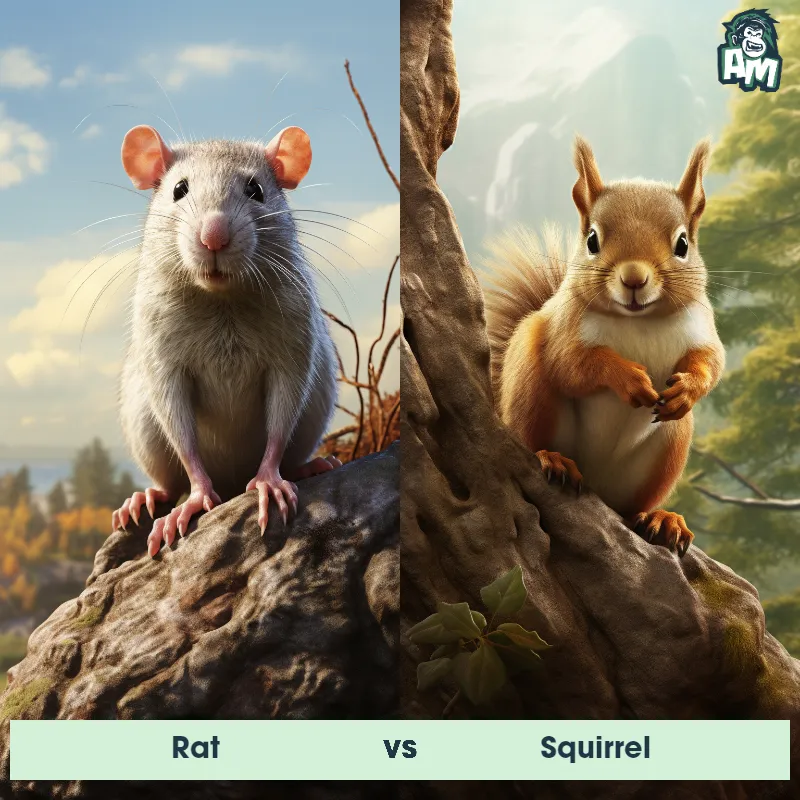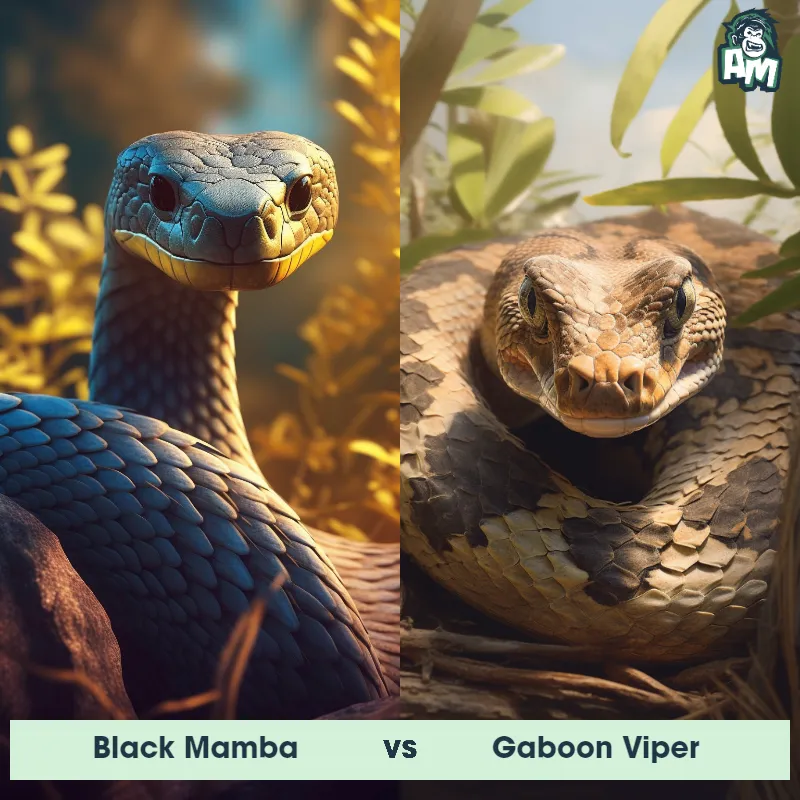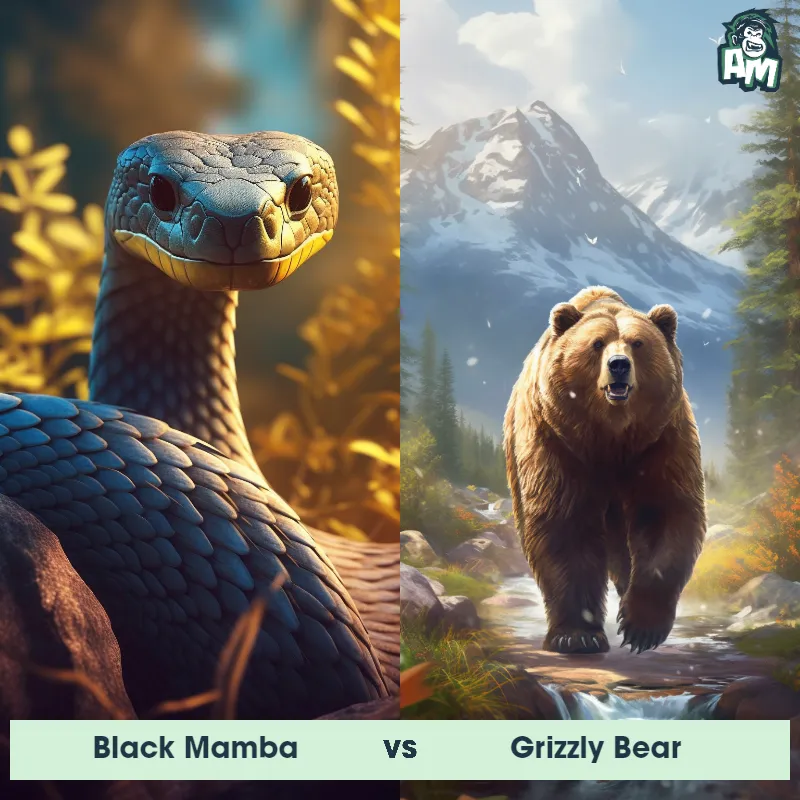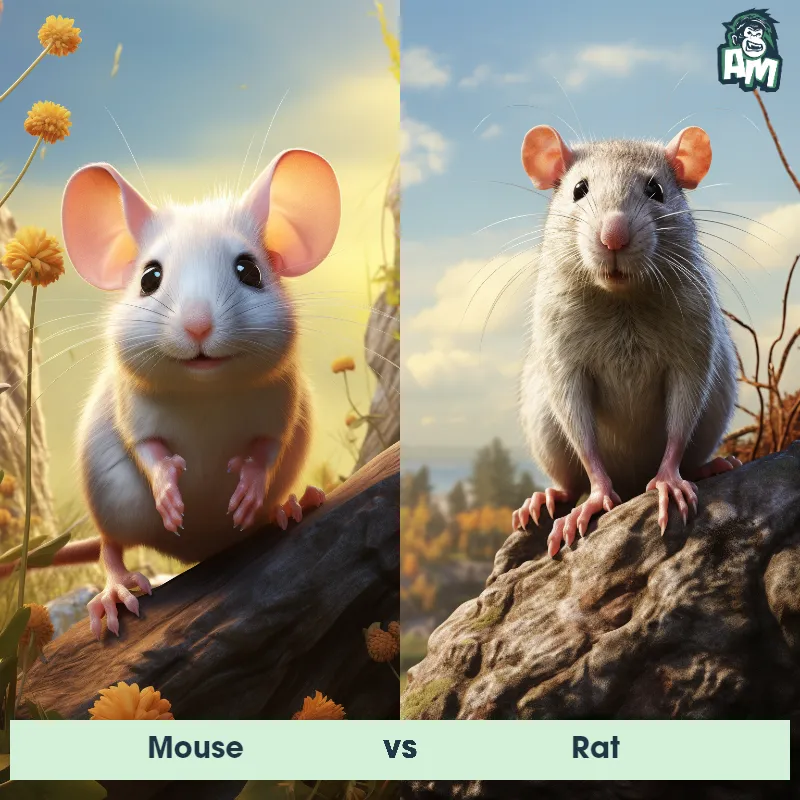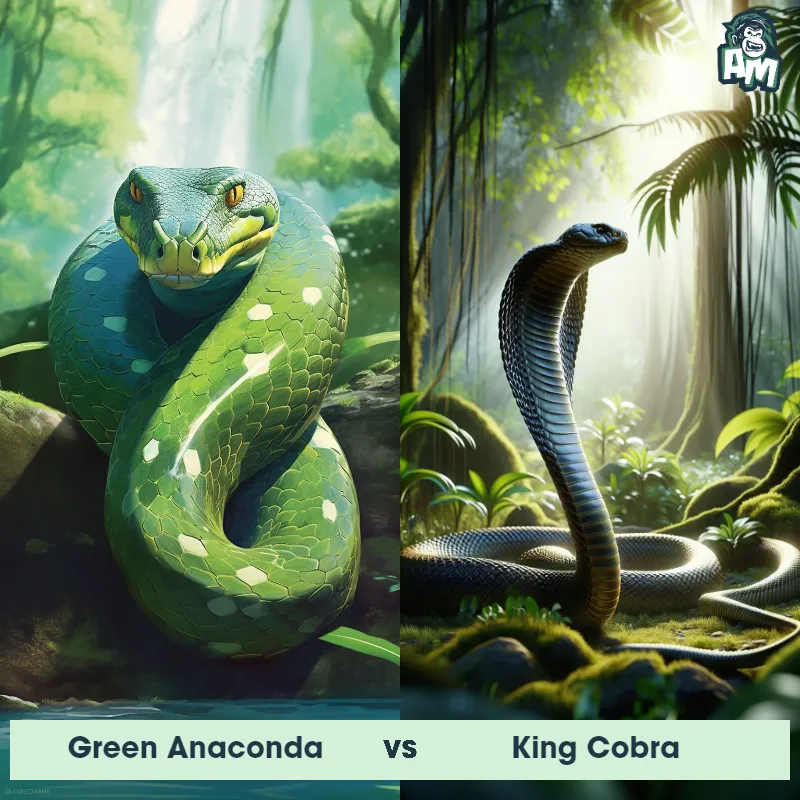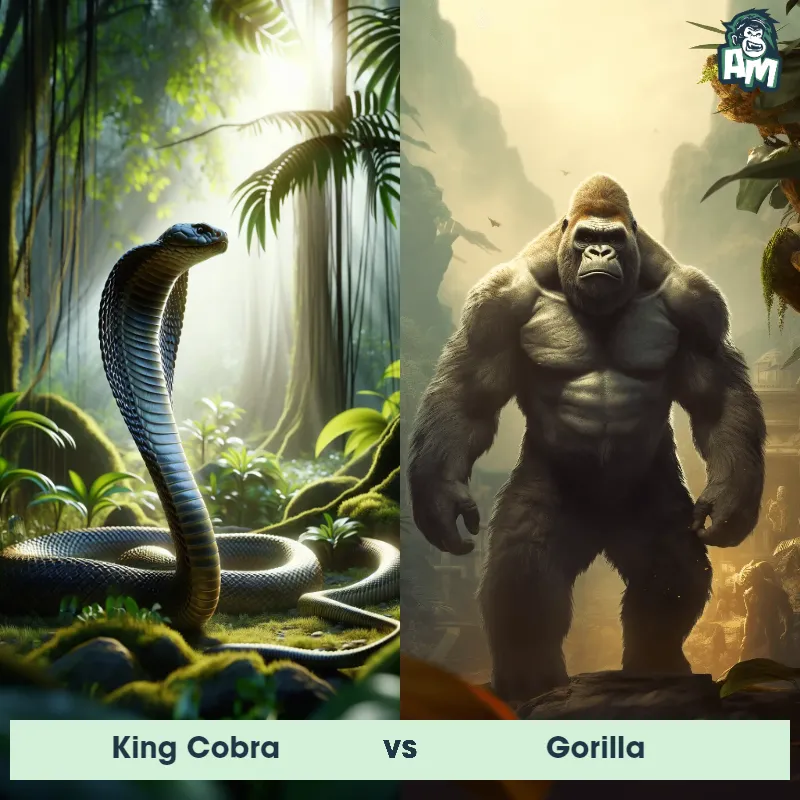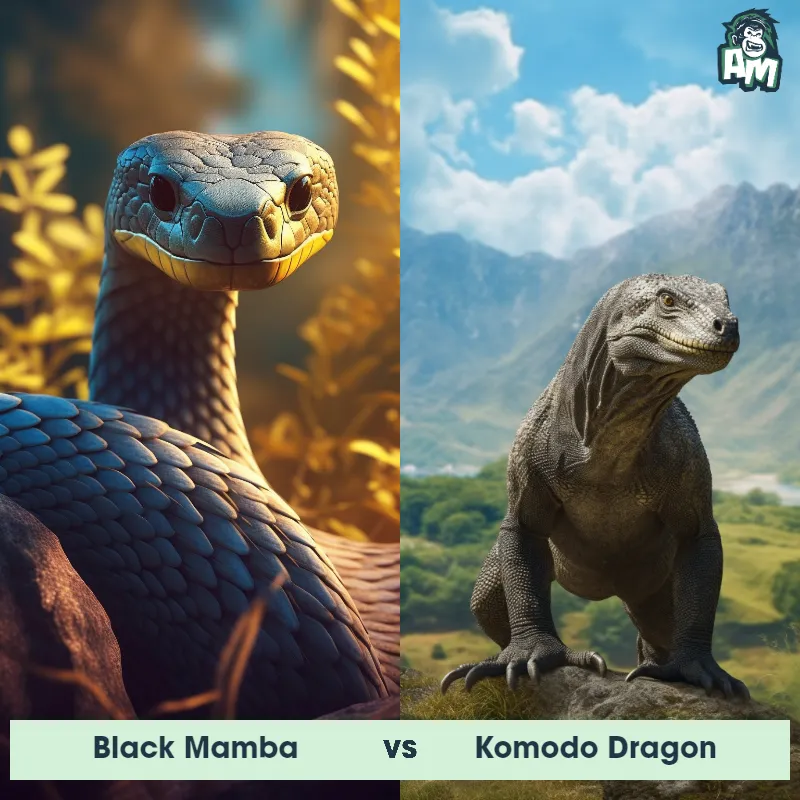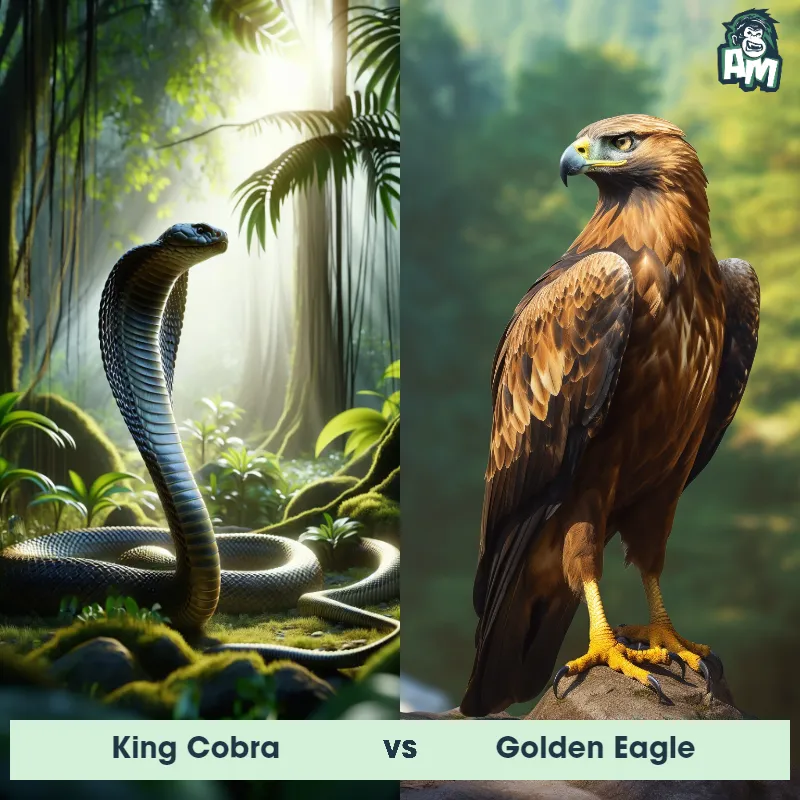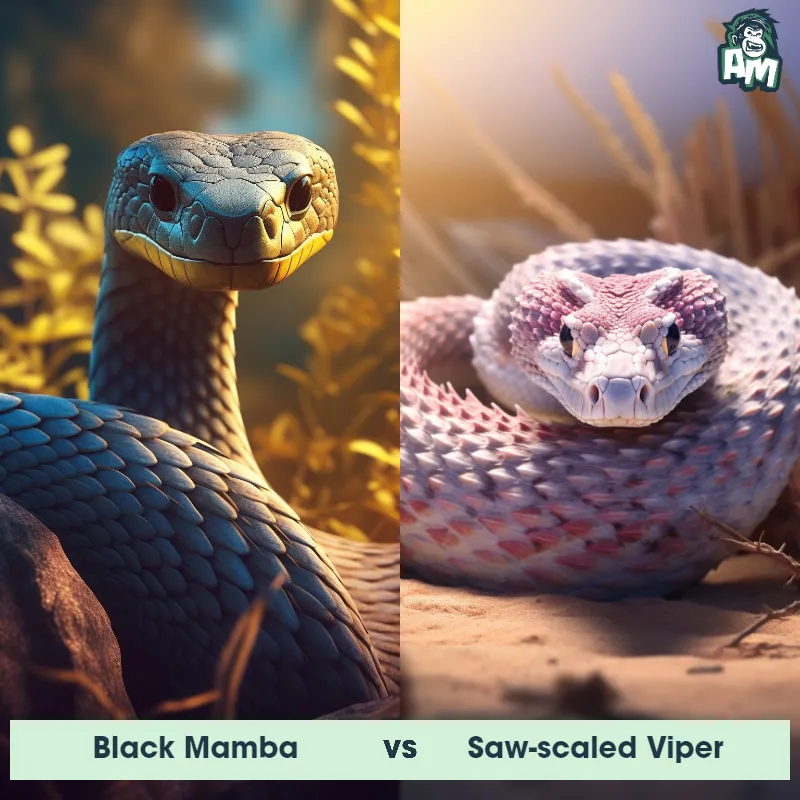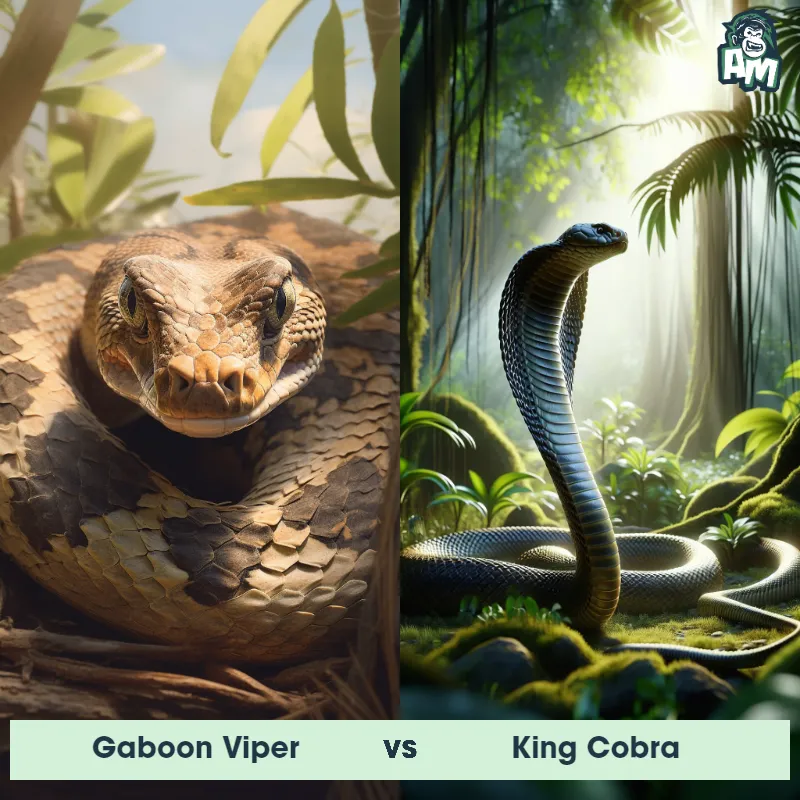Black Mamba vs MouseSee Who Wins

Ladies and gentlemen, welcome to this exhilarating face-off between two fierce competitors in the animal kingdom! In the blue corner, we have a formidable predator known for its deadly venom and lightning-fast strikes - the Black Mamba. And in the red corner, we have a tiny yet nimble adversary, renowned for its agility and elusive nature - the Mouse. Get ready for an unforgettable matchup between these two pint-sized powerhouses!
Contender 1: Black Mamba
The Black Mamba, also known as Dendroaspis polylepis, is a highly venomous snake found in sub-Saharan Africa. It is known for its long, slender body that can grow up to 14 feet in length and its dark, matte black scales. The Black Mamba is also known for its speed, as it can move up to 12.5 miles per hour, making it one of the fastest snakes in the world. Its venom is highly toxic and can cause respiratory failure, leading to death within hours if left untreated.
Fun Fact: The Black Mamba is not actually black, but rather a dark brown or olive color. The name "Black Mamba" comes from the inside of its mouth, which is black and visible when it opens its jaws in a threat display.
Contender 2: Mouse
The Mouse is a small mammal characterized by its pointed snout, round ears, and long, thin tail. There are over 30 species of mice, but all tend to have a similar size, ranging from 1.5 to 3.5 inches in body length, with tails of similar or slightly longer lengths. Their fur can be a variety of colors, including white, brown, gray, or black, and they are known for their fast reproduction rates. Mice are omnivores, though their diets predominantly consist of plant material like seeds and fruits, as well as insects.
Fun Fact: Mice have a keen sense of hearing and can communicate with each other using ultrasonic calls, many of which are above the range of human hearing.
Matchup Stats
| Black Mamba | Mouse | |
|---|---|---|
| Size | Up to 14 feet (4.3 meters) | 1.5 to 3.5 inches (3.8 to 8.9 cm) |
| Weight | Up to 3.5 pounds (1.6 kilograms) | 0.5 to 1 ounce (14 to 28 grams) |
| Speed | Speed: 12 mph (19.31 km/hr) | 8mph (13km/h) |
| Key Strength | Speed and highly toxic venom | Agility and speed |
| Biggest Weakness | Shyness and avoidance of confrontation | Small size and lack of defensive mechanisms |
Current Votes
Black Mamba vs Mouse
See Who Wins
View More Matches
Looking For More?
Similar Matches
Scientific Stats
| Black Mamba | Mouse | |
|---|---|---|
| Scientific Name | Dendroaspis polylepis | Mus |
| Family | Elapidae | Muridae |
| Habitat | Savannas, rocky hills, and dense forests | Various, including fields, forests, and human dwellings |
| Geography | Sub-Saharan Africa | Worldwide |
| Diet | Small mammals, birds, and occasionally other snakes | Omnivorous, predominantly plant material and insects |
| Lifespan | 11 years - 20 years | 1 year - 3 years |
Key Differences between Black Mamba and Mouse
- Tail: The Black Mamba possesses a long, thin, and tapering tail, which aids in its agile movement, whereas mice have a shorter, stubby tail, often covered in fur, which helps with balance and communication.
- Facial features: Black Mambas have a distinct elongated head with a narrow snout, showcasing a pair of large, round, and forward-facing eyes, while mice have a smaller, more rounded head with relatively large, dark-colored eyes positioned on the sides of their face.
- Coloration: The Black Mamba displays a uniform olive to brownish-black coloration throughout its body, while mice exhibit a wide range of color variations, including grey, brown, white, and even striped or spotted patterns.
- Size: The Black Mamba, one of Africa's largest venomous snakes, can grow up to an impressive length of 14 feet, while mice are considerably smaller, typically measuring around 2-4 inches in length.
- Scales: Black Mambas have smooth scales covering their entire body, appearing shiny and glossy, whereas mice have fur covering most of their body, providing a soft and fluffy texture.
- Shape: While both animals have elongated bodies, the Black Mamba has a slender and cylindrical shape, often compared to a tree branch, whereas mice have a more compact and rounded body shape.



